Today we’re launching a totally new, totally different app. Meet Orion.
Orion is a small, fun app that helps you use your iPad as an external HDMI display for any camera, video game console, or even VHS. Just plug in one of the bajillion inexpensive adapters, and Orion handles the rest.

But wait — we’re a camera company. Why an HDMI monitor?
We built this to scratch a few itches. First, in professional cinematography, it’s common to connect an external screen to your camera to get a better view of the action. Orion not only gives you a bigger screen, but you can even share screenshots with your crew with a couple of taps.

We also built this for… pure fun. When traveling with a Nintendo Switch, it’s a delight to play games on a bigger screen, especially alongside friends.
Orion goes a step beyond display. By default, inputs could look fuzzy on an iPad’s retina display. (Why? The Switch runs a modest 1080p resolution, and even if it ran at a higher resolution, most adapters on the market can only run 60 frames per second at 1080P.)
Orion sharpens those low resolution inputs with an AI powered upscaler!
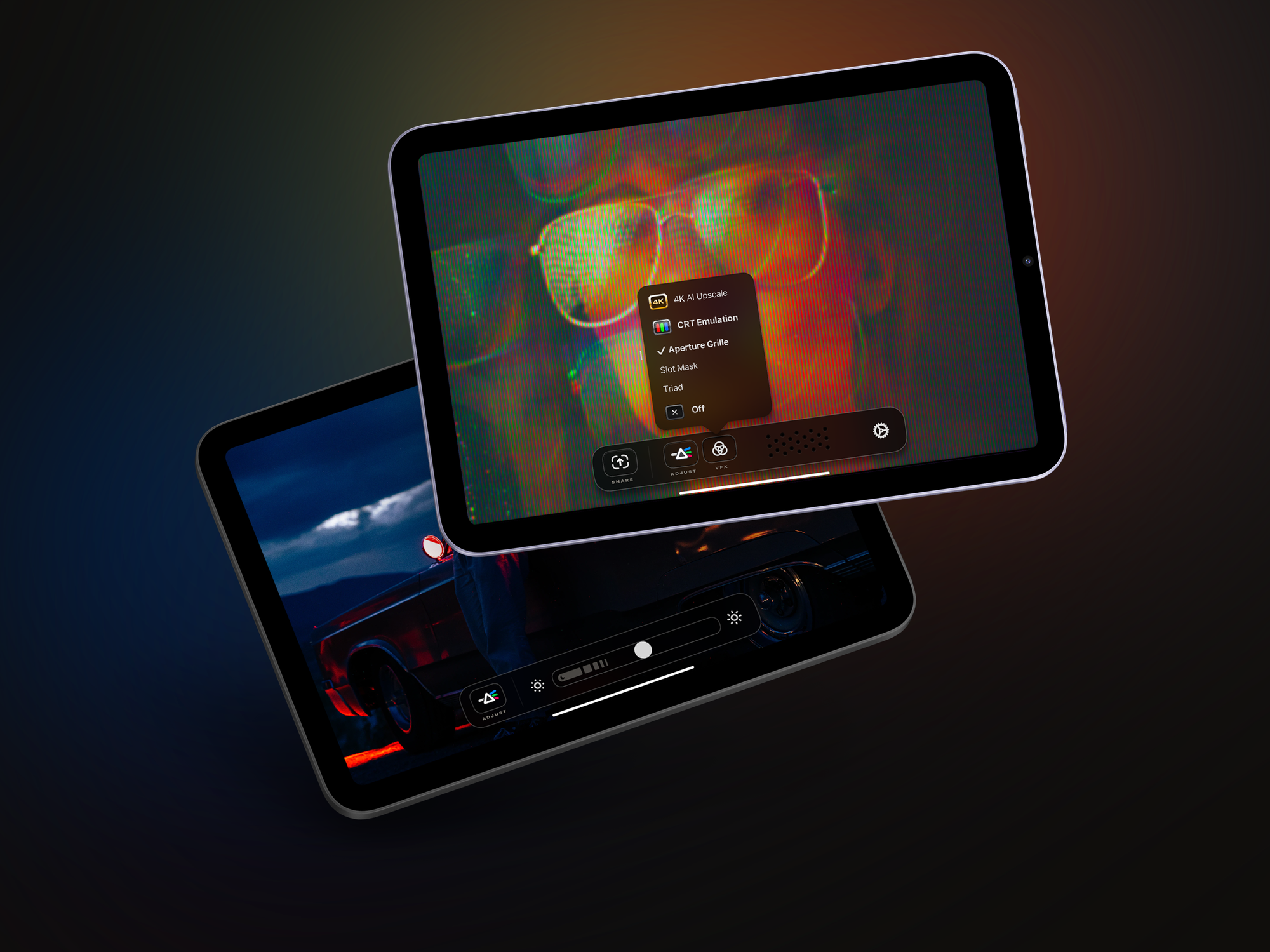
Another perk is control over the brightness of the image beyond the iPad’s screen brightness. If you’re trying to view video in daylight, crank up brightness to HDR range for extra help. If you’re on a late-night flight and don’t want to bother anyone around you, make things darker than the iPad’s darkest.
OK, I hear you ask, but how much does all of this cost? A camera monitor is hundreds of dollars. Well, Orion is free. Yep, free.

If you want to support the app, get Orion Pro: It packs AI upscaling, CRT emulation for retro games, and image adjustments (and whatever else we cook up). It’s a one-time upgrade for $5. It unlocks everything. No subscriptions.
As for those adapters, we found plenty available for under $20. Now it’s easy to get confused and accidentally buy, say, a USB-C hub with video output, which can’t capture anything. (Ask me how I know.) That’s why we personally tested the top ten adapters on Amazon and made a helpful buying guide with our recommendations and some other accessories, too.
The Story of Orion
This summer, Apple announced a set of awesome new features coming to iOS 17, and one of them was external-webcam support on iPad. After digging into the feature for our flagship app, Halide, we weren’t satisfied with the results in a camera app.

However, we did discover that a ton of companies sell tiny, inexpensive adapters that convert HDMI signals into webcams. “What if you could use an iPad as a portable screen?” Hmm! Intriguing. We had an idea, and we got to work.
We wrote the first line of code on August 6th, we’re shipping September 20th — 45 days later.

We’re launching at the start of new iPhone season, so we’re already super busy and shifting our focus to our flagship iPhone photography app, Halide. Orion won’t distract us from that, because we’re calling it a b-side.
B-sides are small fun, small, and focused projects. Apps like Halide needs major work every year to keep up with new hardware, but we expect Orion will be “done” after a release or two. We’ll keep maintaining it so it doesn’t break, but we won’t revolve our lives around it. It’s a fun utility, and that’s why we’re only asking for a few bucks.
Beyond being fun to build and design, apps like Orion let us experiment with new developer tools earlier than in our flagship apps. In a mature app used by lots of people, it’s a good idea to wait a year or two before adopting a cutting edge technology; while Apple launched SwiftUI in 2019, but we waited until 2021 to add it to Halide. SwiftUI has been a huge win for certain types of problems— and we couldn’t have built Orion so quickly without it— but by waiting two years before adding SwiftUI it to Halide, we had to play a lot of catchup in 2021.
So apps like Orion allow us to scratch our own itch, which is how we got into building apps in the first place, and also help us keep up with where iOS is heading.
The Orion Video System Design
You might notice something about the styling of Orion — it’s very stylized in a… retro sort of way.

When we set off to design the app, we really wanted it to be fun. Starting with the basic idea—a portable screen—we thought of the era where televisions and video were still exciting, fresh technology. The techno-utopia of the early 1980s came to mind. We find this a delightful aesthetic.
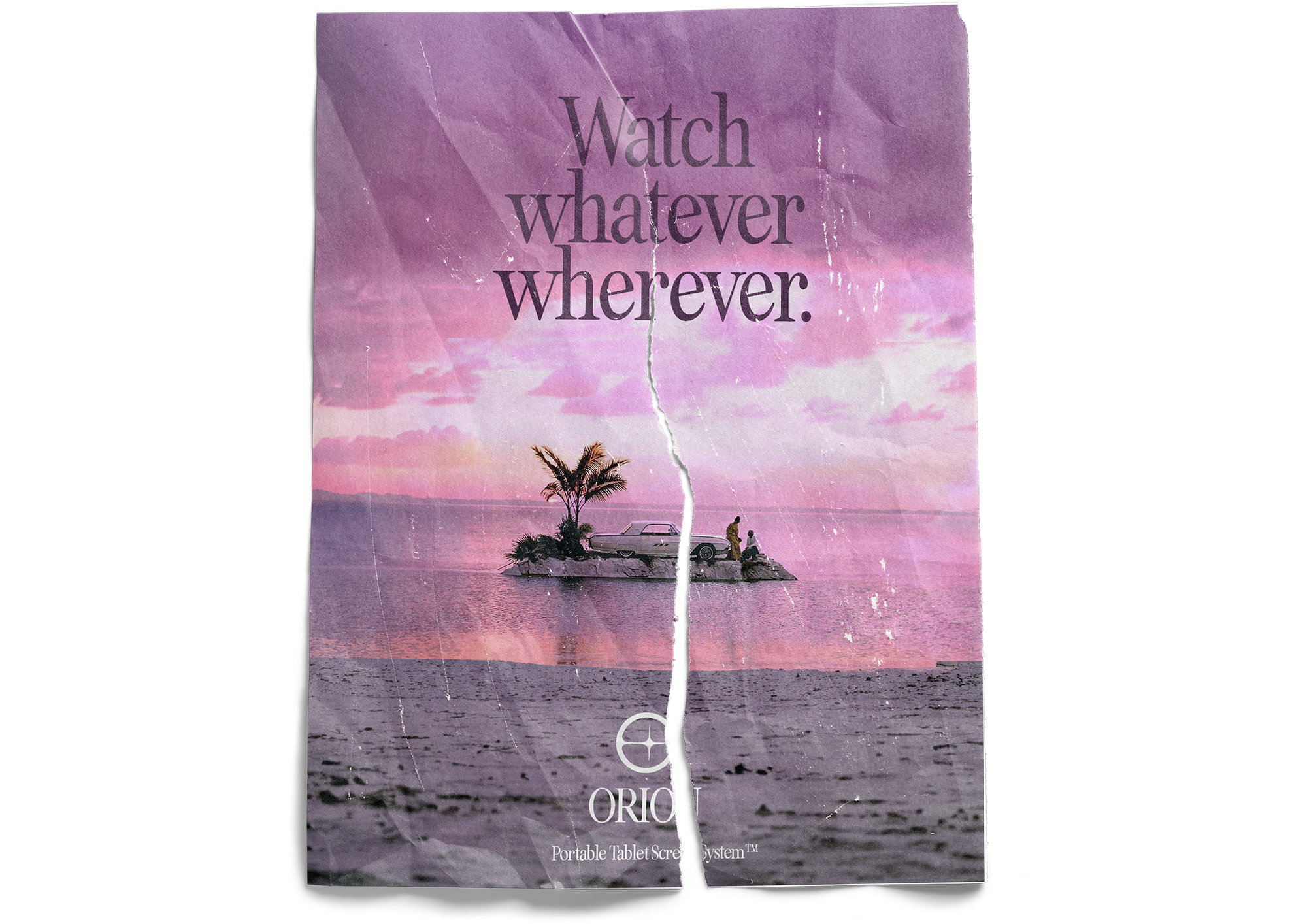
Pastels, purples and pinks. Detailed technical illustrations and bright colors. Futuristic logos. Type that tracked far too tightly thanks to the invention of the photo-typesetter. And of course, the invention of bitmap typefaces and on-screen user interfaces and icons.

We didn’t want to just lean into the clichés—there are enough vaporwave sunsets with Deloreans out there that try to seem ’80s’— so went and developed a visual language that is based on the electronics brochures and VCR interfaces of bygone days that conveys ‘modern’ in a way only the 1980s visual vernacular can.

In Halide, we did everything we could to make the app feel as tactile as a real camera. Great cameras are wonderfully tactile — every knob and switch has a weighted, deliberate feel and click to it.
In Orion, we wanted to give you the joy of your own ‘video system’. That meant starting from the beginning: you open the box to unpack it. Because, well, why not.
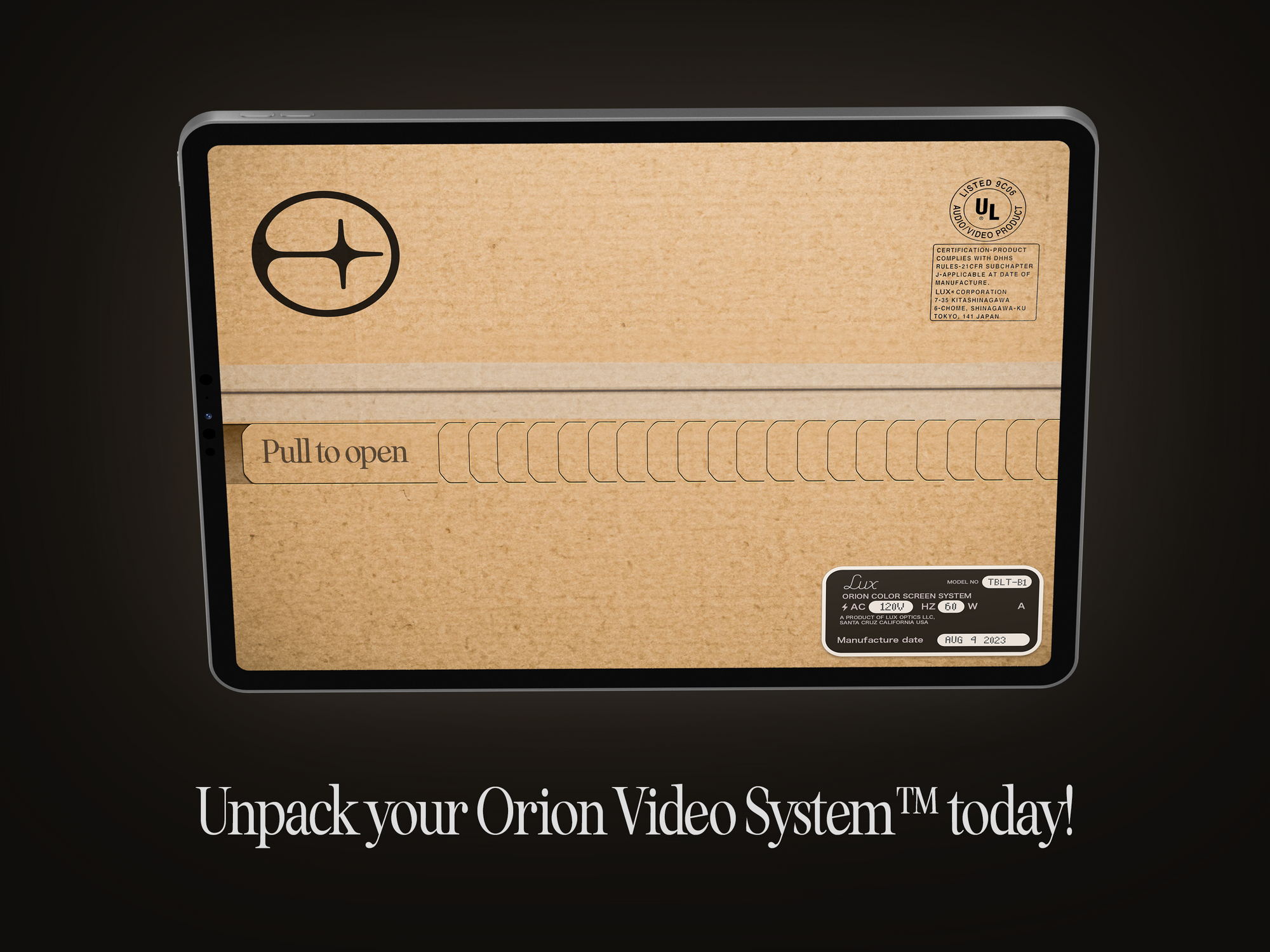
Instructions follow, so you can get started quickly.

And when not actively in use, you return to a glowing, slightly distorted nostalgic place of on-screen menus, where our custom-made pixel font called Radiant steals the show.

If it wasn’t obvious, we had a lot of fun doing this. And that’s what really mattered to us: if anything, Orion was a project to collaborate with friends on something fun and different.
Thank you
We want to build things with craft, fun and delight. To showcase that apps are an art form, and have no business being boring. We hope you enjoy the result — we know that we loved building it for you. Thanks to you, we get to do what we love.
Get Orion here, and let us know what you think!
Acknowledgements
Orion was a collaboration with friends. Some of the incredible design and typography on display (and our two custom typefaces) are the work of Jelmar Geertsma. Orion was co-engineered with Anton Heestand. The opening music (yes, opening music) is by Cabel Sasser. Extra thanks go to Louie Mantia for bézier wrangling and our families — especially Margo — for supporting us in doing what we love. If you are still reading here, please consider leaving us a review on our apps — it goes a very long way.
















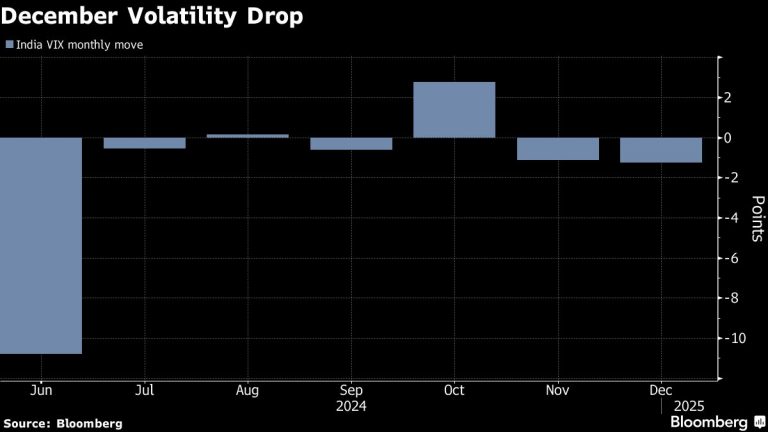
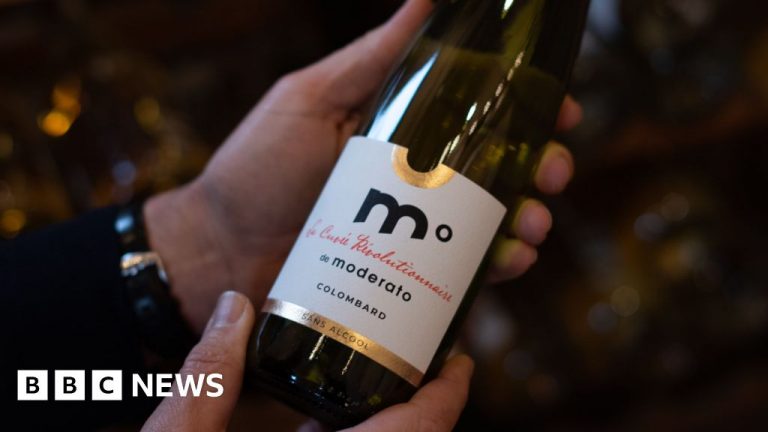








+ There are no comments
Add yours